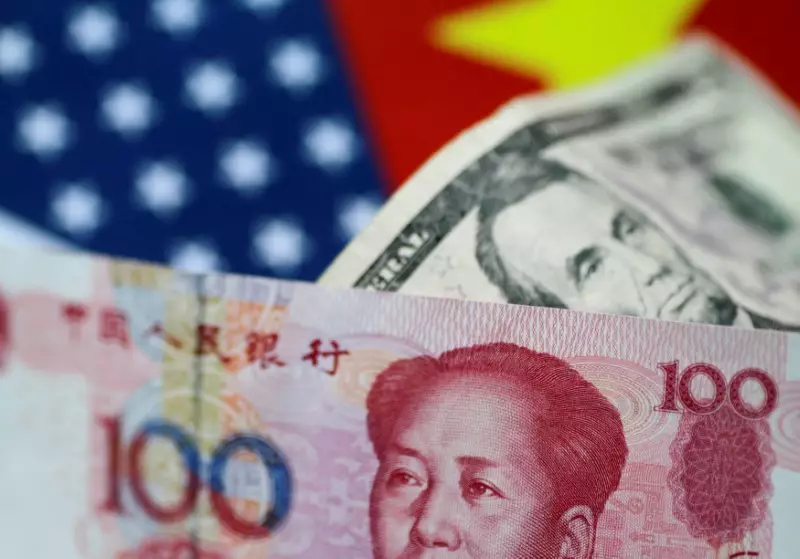As the global economic landscape continues to evolve, Asian currencies are facing notable pressures largely influenced by a resilient U.S. dollar. This trend is becoming increasingly pronounced as 2025 approaches, with many currencies in the region reflecting a downward trajectory. Various factors, including the fluctuating interest rate strategies of the Federal Reserve and geopolitical tensions, particularly between the United States and China, are contributing to this challenging environment.
Recent data from China indicated a slowing pace in factory activity, which has further compounded concerns regarding the yuan and its performance against the dollar. The U.S. Dollar Index, although experiencing a slight dip, remains close to its two-year peak. This resilience offers insight into the currency’s robust standing amidst international dynamics, as investors recalibrate their strategies in anticipation of future Fed actions and broader market responses.
The Federal Reserve’s monetary policy significantly influences currency valuation—not only within the United States but also in international markets like Asia. With indications that the Fed plans fewer interest rate cuts in 2025, this has instilled renewed confidence in the dollar, simultaneously pressuring Asian currencies. The repercussions are markedly evident as many countries in Asia prepare for another year of potential financial strain, largely attributed to a strong dollar which undermines their currencies’ competitiveness.
For instance, the Chinese yuan has taken a hit with the USD/CNY rising by 0.2%, signifying a direct correlation between U.S. monetary policies and Asian currency performance. As Beijing takes steps to implement stimulus measures aimed at boosting its economy, markets are increasingly focused on the potential efficacy of these initiatives versus external pressures.
Each Asian currency is uniquely affected by the prevailing trends and specific regional conditions. Notably, the Japanese yen saw a decline against the dollar, with the USD/JPY pair decreasing by 0.3%. With projections indicating a yearly loss beyond 10% for the yen against its U.S. counterpart, the currency is grappling with challenging economic indicators.
The Singapore dollar presents a different narrative as it remains relatively stable despite overall market pressures—indicative of potential resilience amidst a backdrop of uncertainty. In contrast, the Australian dollar is also exhibiting a slight decline, reinforcing the regional volatility experienced across Asia.
The Indian rupee, however, is beginning to rise, with the USD/INR pair inching up by 0.1%. The rupee’s performance this year reflects resilience, rising more than 3% amidst a tumultuous economic climate. Yet, its historical struggle as it hits record lows against the dollar illustrates the complexities involved in managing currency stability.
Geopolitical tensions play a significant role in shaping market sentiments. The looming threat of trade disputes, particularly between the U.S. and China, continues to create apprehension in investor circles. Recent developments, including South Korea’s internal political turmoil surrounding President Yoon Suk Yeol and the failed imposition of martial law, have further exacerbated currency volatility. The South Korean won stands out as the worst-performing currency in the region, tumbling nearly 12% in 2024, underscoring how domestic politics can adversely affect economic stability.
This instability resonates throughout the Asian markets, as currencies like the Thai baht and Indonesian rupiah, while showing slight gains against the dollar, still reflect broader concerns about economic governance and investor confidence within the region.
Looking Ahead: Prospects for Recovery
As 2025 approaches, there remains uncertainty about how Asian currencies will navigate the challenges posed by a strong U.S. dollar. The need for robust and coherent economic policies—both domestically and in the context of international relations—will be paramount for strengthening their performance. Investors and policymakers alike are holding their breath for either newfound clarity or additional turmoil as they chart the coming year.
The overall landscape for Asian currencies suggests a complex interplay of factors—ranging from U.S monetary policies to internal political dynamics—that will define their trajectories well into the next year. The severity of these influences necessitates vigilant monitoring, as the ramifications of these economic decisions will reverberate across global markets.


Leave a Reply